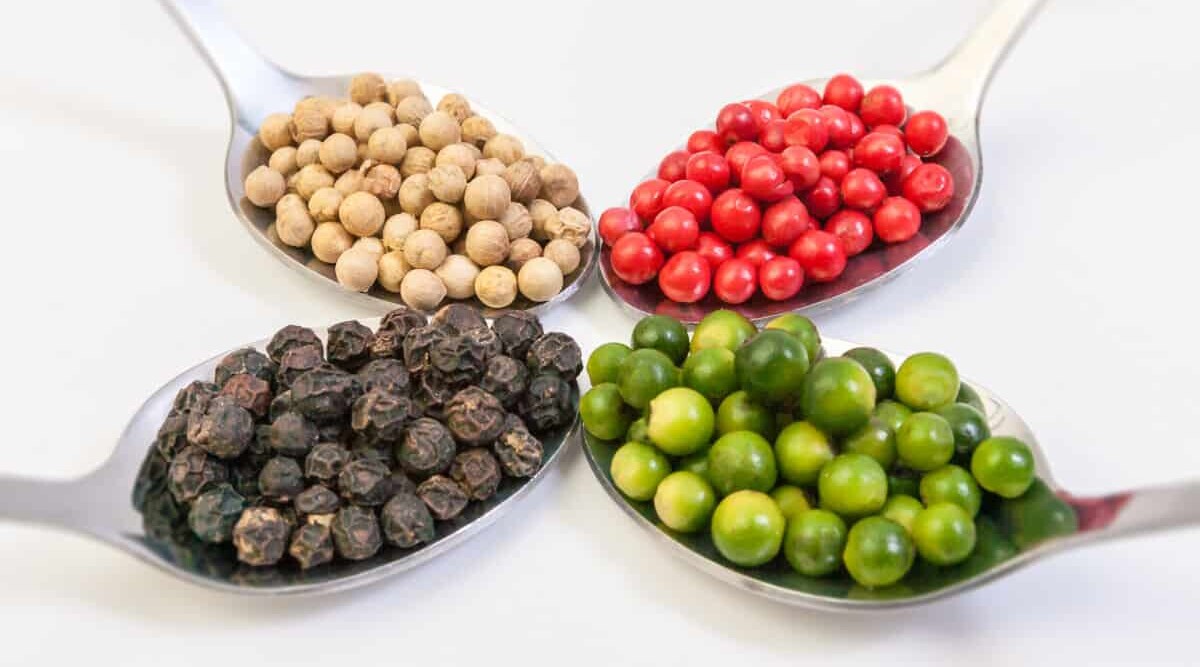
This article summarizes the different pepper varieties, how to use them, and useful substitutions. Pepper is a mainstay of adding flavor during many forms of cooking, including barbecue and grilling, so this is stuff you really will benefit from knowing.
The best analogy I can think of for the world of spices is the Marvel Comics Universe — it’s vast and complicated, they seem to add new names to the roster constantly, and it’s the rare individual that knows them all.
Well, to extend the metaphor, maybe to the breaking point, pepper is the Iron Man of spices. It’s one of the most familiar names, and it shows up in basically everything.
But even Iron Man has many different versions — and so do peppercorns.
Let’s get to know the variety of peppercorns available to the discerning chef or griller and when to use each. We’ll look at where each comes from, their flavor, and their relative costs. Plus, we’ll share what to do when you’re missing a peppercorn from your recipe and need a substitute.
All set? Peppercorns, assemble!
Jump to:
Why is This Information Useful?
Pepper is one of the most used ingredients when it comes to BBQ rubs, particularly pairing well with beef and steak, but is also used as a seasoning for many other foods too.
We have an article on how to make your own rubs, and a list of some of the best BBQ dry rubs for different types of meat, and you will see in these that the use of pepper is prominent. So it pays to know and understand the different types of pepper available, so you know where they fit into flavor profiles, and what substitutions you can make if need be.
Pepper Vs Peppercorn
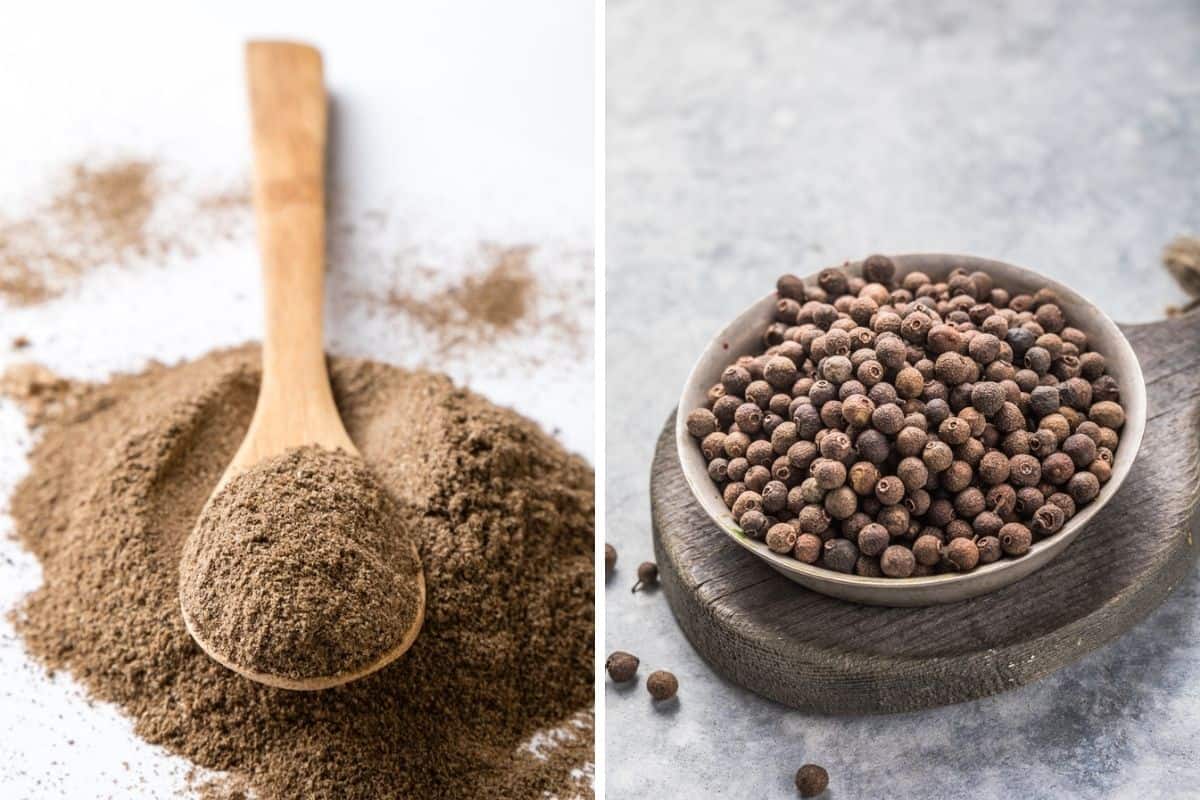
Confused about the difference between these two things? Let’s clear that up right now: pepper is what you get when you grind up peppercorns into a powder.
So what’s a peppercorn?
Believe it or not, it’s a dried drupe (a fruit similar to a berry). That’s right, fruit harvested from vines in the Piperaceae family, native to India and grown all over Southeast Asia, are cooked and sun-dried until they’re shrivelled and hard.
Who knew?
Peppercorn Varieties
There are just five principal varieties of peppercorns from which to choose. Let’s look at each one and learn where they come from, what they taste like, and how to use them, plus their cost relative to one another.
Black Peppercorns
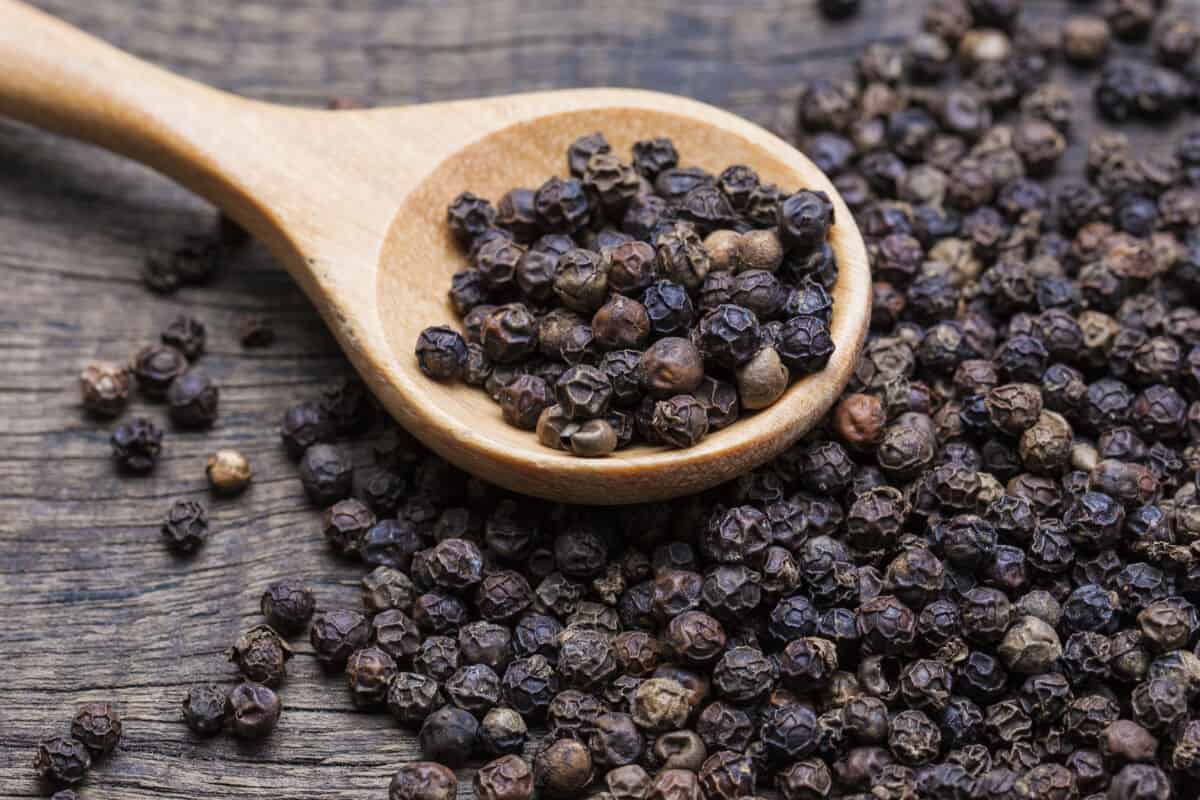
Origin: Unripened fruit, cooked, cleaned, and dried.
Flavor and Uses: The most famous and popular of all peppercorns, black pepper is what you’ll find in every kitchen and on every restaurant table — at fancy places, a server might come to your table with a pepper mill to grind fresh black pepper onto your meal. It has an earthy, mildly spicy flavor that adds moderate bite to just about anything. Along with salt, black pepper is a common base for dry rubs or seasoning blends.
Relative Cost: Inexpensive — it’s the world’s most popular spice, and that keeps costs down.
White Peppercorns
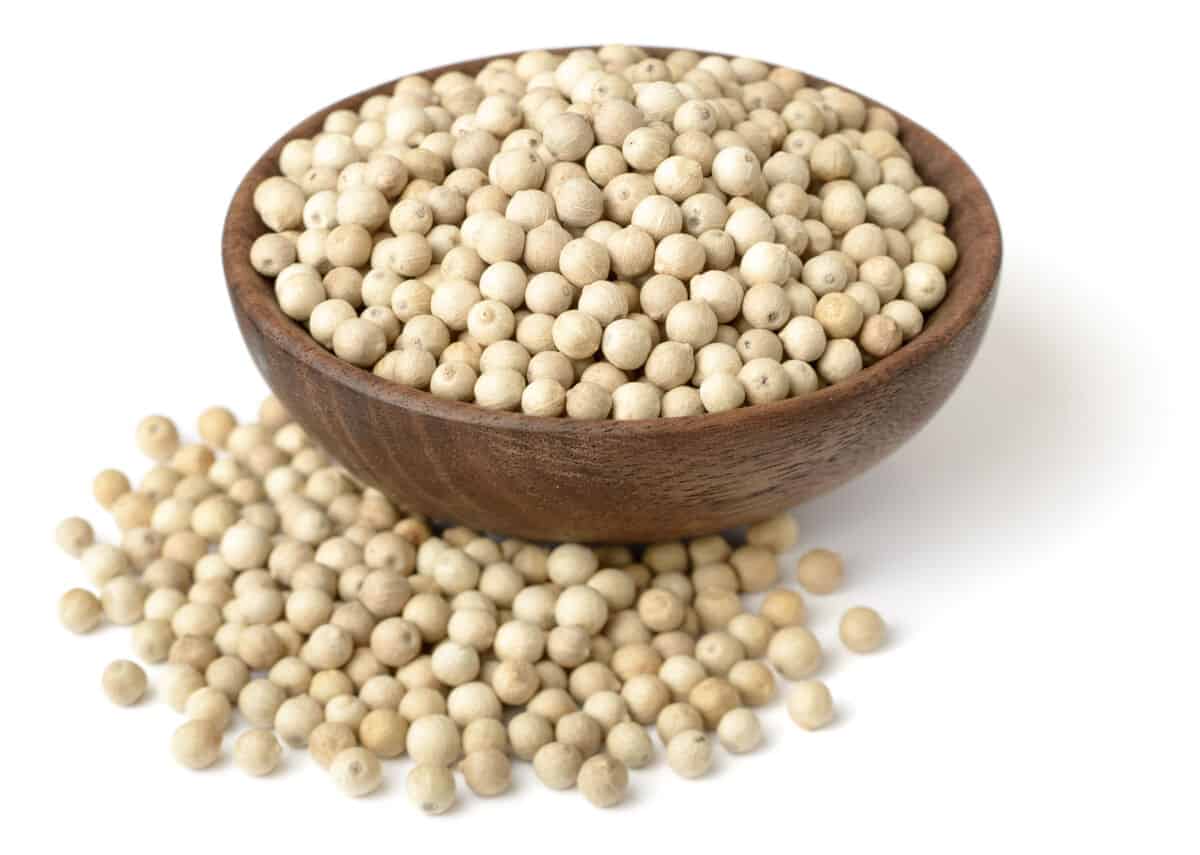
Origin: Dried seeds from unripened fruit soaked until the skin comes off.
Flavor and Uses: It might look like salt, but white peppercorns taste very much like their black counterparts, though with less aroma. Some find it spicier than black pepper, though some claim it’s milder. White pepper is found in Thai, Chinese, and Portuguese cuisine and works well in anything where black pepper would stand out too much visually, like salads or cream sauces.
Relative Cost: Differs, depending on the variety, but typically more expensive than black, especially in North America, where it is rarely seen. Some types are very pricey.
Green Peppercorns
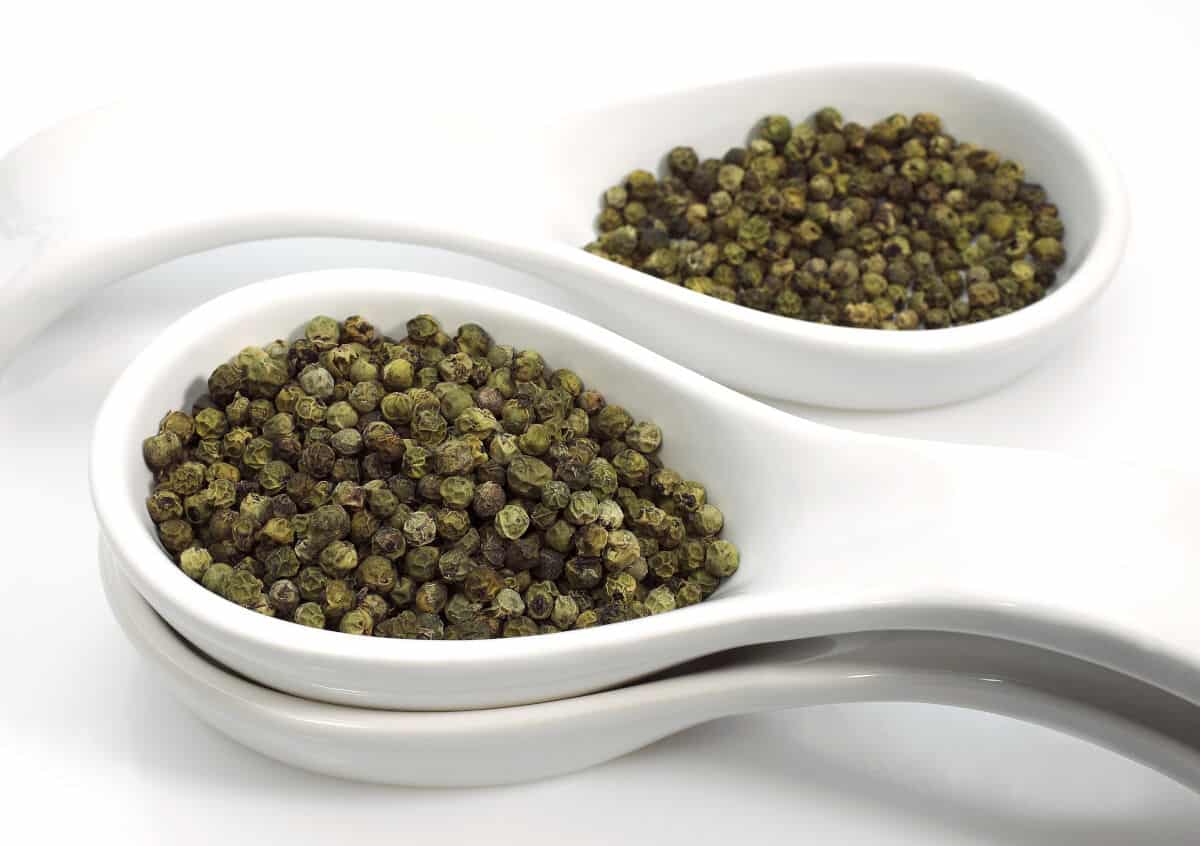
Origin: Unripened fruit, air— or freeze-dried to preserve the natural green color.
Flavor and Uses: The minimal processing allows green peppercorns to retain a fruitier flavor than either black or white, with a fresh and mildly spicy taste. Green peppercorns are common in French food, especially when pickled, and in peppercorn sauces. They’re excellent for steak au poivre and on pork chops. Being so mild, they’re worth experimenting with on fish and chicken, too.
Relative Cost: Rare and difficult to process, green peppercorns are quite expensive compared to other black and most white peppercorns.
Red Peppercorns
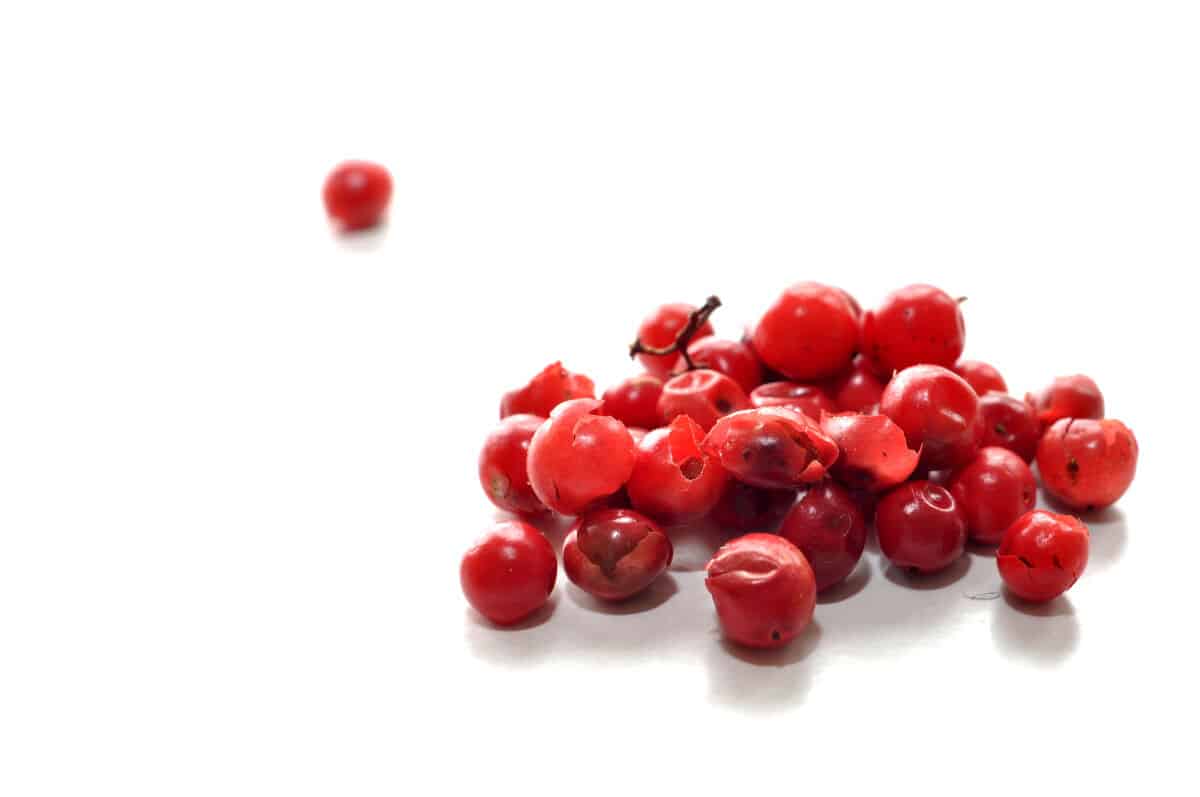
Origin: Fully ripened fruit and left in the natural state. Most are brined, but some are freeze-dried to hold the flavor without losing the color.
Flavor and Uses: They’re too delicate to put in a grinder, so the best way to use your red peppercorns is to crush them with a mortar and pestle or a rolling pin. Use the resulting paste in marinades and sauces for seafood or in Southeast Asian dishes.
Relative Cost: Similar in cost to white peppercorns. Some varieties, like Kampot, are very rare and among the most expensive peppercorns in the world.
Pink Peppercorns
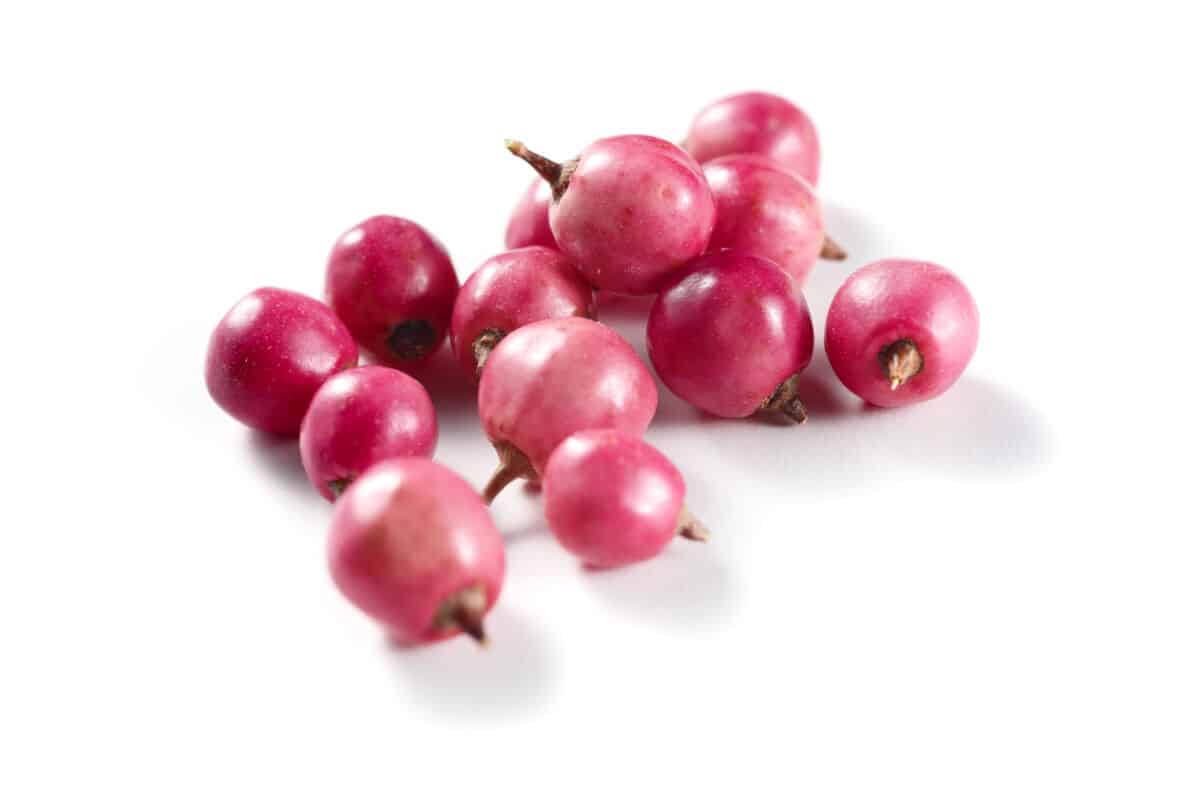
Origin: Peruvian or Brazilian pepper trees
Flavor and Uses: Though they look similar, true pink peppercorns (as in not just faded red ones) are not related to the rest of the gang. They have a black pepper-like flavor but with far less bite and a lot of fruitiness. Pink peppercorns are lightly flavored, so try them in salad dressings or on fish. They are also excellent for mixing into homemade hamburger patties.
Relative Cost: They aren’t always easy to find, but pink peppercorns are not terribly expensive; they tend to be somewhere between white and green peppercorns for price.
Sichuan Peppercorns / Szechuan Peppercorns
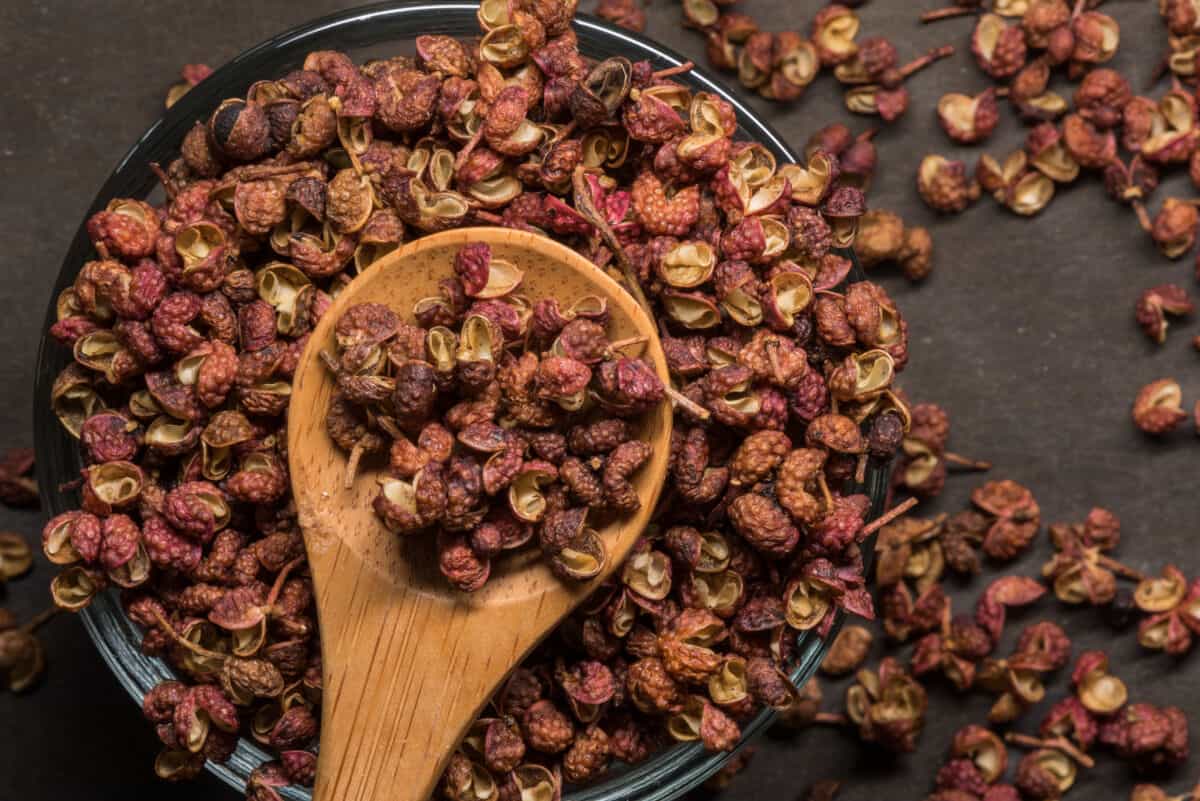
Origin: Chinese Prickly Ash seed husks
Flavor and Uses: Another “false” peppercorn, these little demons add fire to recipes and may even make your mouth feel numb. There’s a surprising citrus note, however, and they’re a mainstay in delicious dishes like Bang Bang Chicken and Sichuan Beef.
Relative Cost: Any Asian supermarket will carry Sichuan peppercorns, and some grocers will have them in the international aisle. As with most spices, there are varieties that are rare and expensive. On average, though, Sichuan peppercorns are similar in price to black peppercorns.
Pepper We Recommend Every Chef to Stock and Why
Would it be fun to have a supply of every pepper on hand? Sure! But, if you want to just have the basics on hand, here are the pepper varieties you should always keep in your kitchen.
Black Peppercorns
There’s something sophisticated about grinding your own black pepper. It’s a great way to get the optimum flavor and total control over quantity and coarseness of the grind. Salt and black pepper are the barest of necessities, and it’s a rare meal from the barbecue or the oven that doesn’t use black pepper.
Pink Peppercorns
Yes, I said they’re not “true” peppercorns. But, they are delicious and versatile. They aren’t so expensive as some of the more exotic peppercorns on our list, and they add mild but excellent flavor to your salads, lighter dishes, and sauces. Have the black for a punch and the pink for a gentler approach.
Green Peppercorns
If you’re really into French or Southeast Asian cuisine, these are a must-have. Practically anything you put on a grill will benefit from the fruity-but-spicy taste of this unique peppercorn.
Pepper Substitutions
We’ve all been there: you reach into the cupboard to grab the next ingredient in a recipe — and it’s gone! What can you use in place of the pepper you need when you’re caught short? Here are some suggestions.
Ground Black Pepper for Black Peppercorns
Grinding your own peppercorns delivers superior heat and flavor to using ground table pepper. That’s partly because it’s fresher and partly because the larger surface area of individual pieces of coarsely ground pepper delivers a bigger hit of flavor to your taste buds. But, in a pinch, plain old ground pepper is better than nothing.
When a recipe calls for 1 teaspoon peppercorns, substitute for 1 1/2 teaspoons of ground pepper.
You can also substitute at a ratio of about 1/8 tsp of black pepper per 8 peppercorns in a recipe. (Thanks to The Spruce Eats for doing the math for us!)
Incidentally, you can grind 8 peppercorns into a teaspoon of coarse pepper. And, naturally, if you need fine pepper, you can grind coarse pepper with a blender, food processor, coffee grinder, or pestle and mortar.
White Peppercorns for Black Peppercorns
These two have the most similar flavor profiles of the four true peppercorns. The white can be milder than the black, so you may need to add a bit more. This substitution works in reverse, too; you can use a smaller portion of black peppercorns to fill in for white. Just be aware that the black specks will be visible in light-colored recipes.
Cayenne Pepper for Black Peppercorns
As you’ll learn in the next section, cayenne is not derived from a peppercorn. However, the mild heat it imparts to food is a reasonable approximation of what black peppercorns can do. It doesn’t have the same peppery “bite” but, if adding just a bit of warmth to a recipe is the goal, it’s better than doing without. Use cayenne at a 1:4 ratio for black peppercorns.
Capers for Green Peppercorns
Capers look a lot like green peppercorns, but they’re flower buds rather than fruit. Capers are usually brined, and they make an excellent substitute for brined green peppercorns in most recipes. Use at a 1:1 ratio.
Don’t even bother trying to substitute red and pink peppercorns
Red and Pink peppercorns have such unique properties and flavors, you’re better off waiting until you can get some than using a stand-in. It’s not worth the disappointment.
Peppers That are NOT from Peppercorns — Paprika and Cayenne
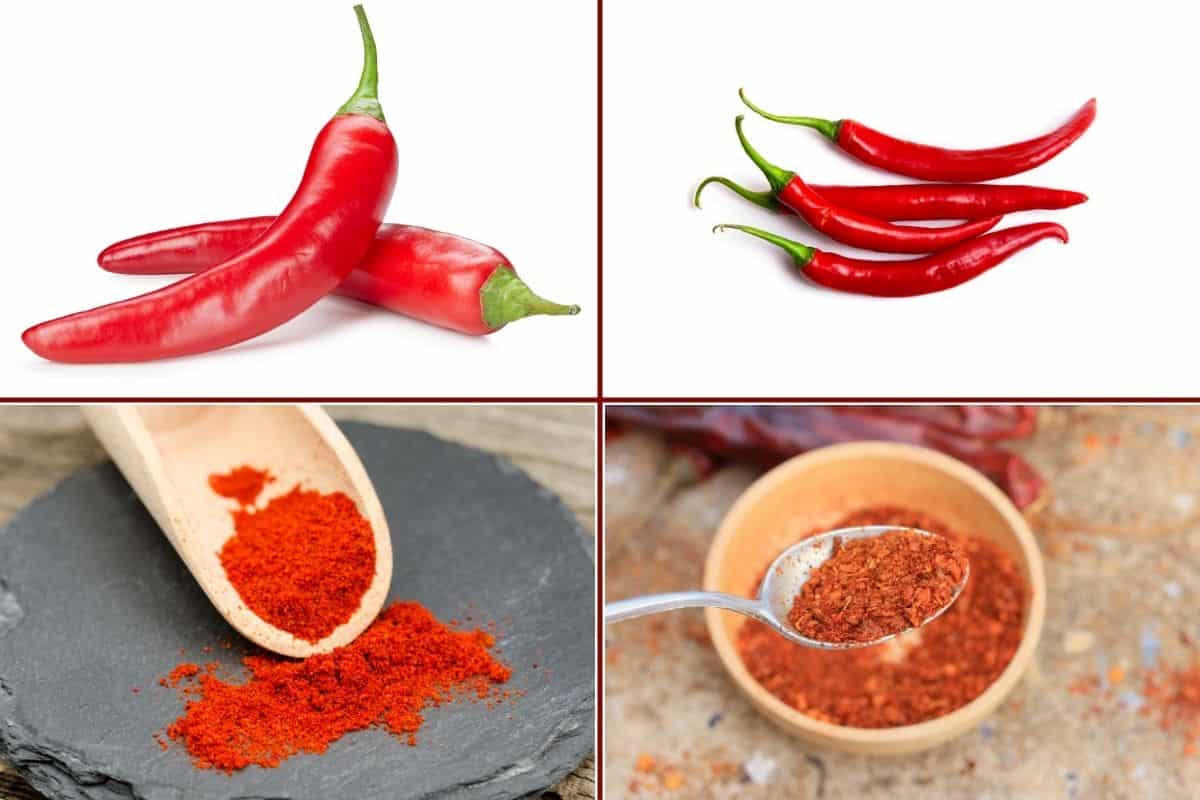
When is pepper not pepper? When it’s paprika or cayenne. Both are often referred to as “pepper,” but neither come from peppercorns.
Paprika is a mild spice derived from dried and ground-up red peppers of the sort native to Mexico and Central America.
Cayenne peppers are a specific variety of chili peppers. Cayenne is the common name applied to a powdery spice made from chili peppers, though actual cayenne peppers are not always present.
Final Thoughts
And now you’re an expert on peppercorns, and in far less time than it takes to watch every Iron Man movie. Peppercorns are not only a staple for cooking and grilling, but they’re also far more versatile than most people realize, especially when you go beyond basic black. Which member of the team are you excited to try?
Thanks for coming to us to help you unlock the secrets of peppercorns. Now that you’re here, stick around and explore our library of articles on spices, reviews of grilling gear, and tips & tricks to help you master outdoor cooking. We promise, it’s all in good taste!


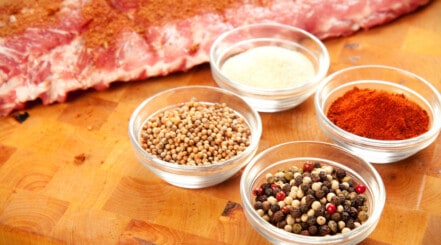

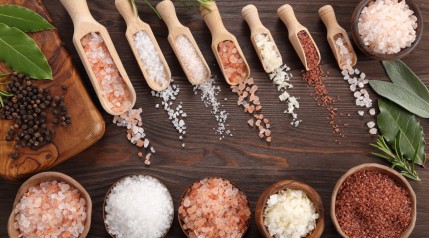
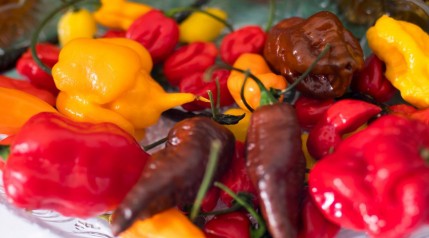
Thank you for a VERY informative and interesting article, Jim. I did get a bag of mixed peppers and really loved their fragrance. After reading the 1* reviews and finding out they had allspice mixed in, I wonder if you could share whom you buy your your peppercorns from please. Best wished Romilla